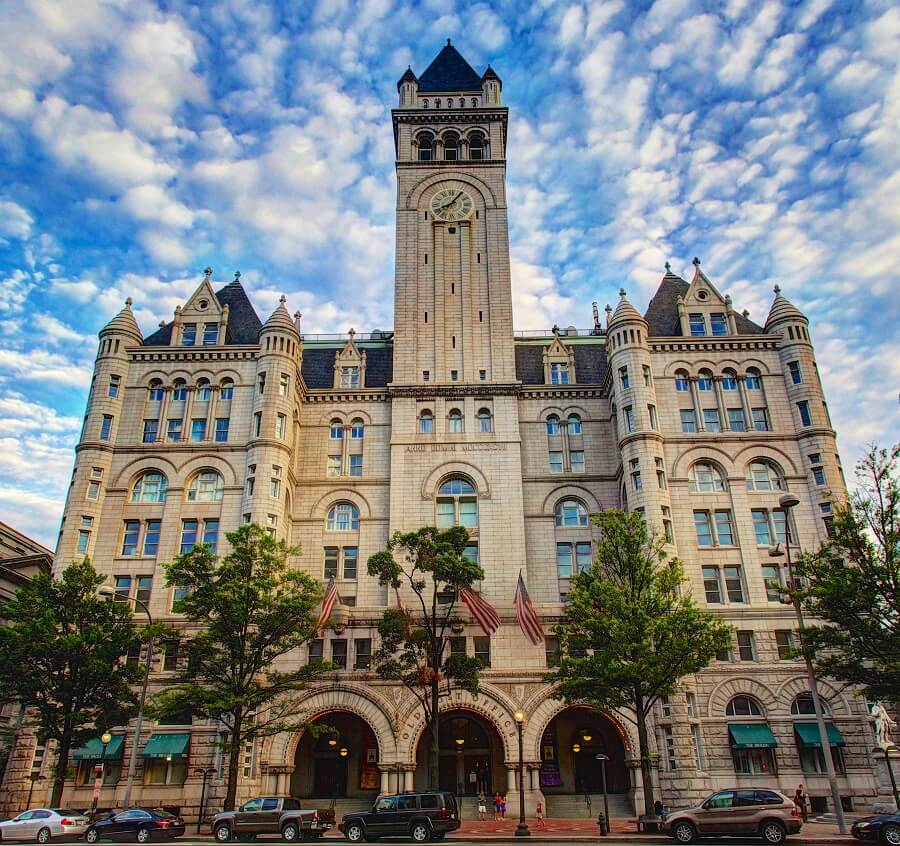Some cities are synonymous with states of mind, and when you think of Cancun, Mexico you probably think of resorts and partying.
When it comes to cities and regions with long histories, sometimes they stick and other times they successfully rebrand themselves. Cancun history may appear to only start in the last third of the 20th century, but in reality the region has far deeper roots than that.
Today Cancun is known for being a haven for tourists seeking sun, sand, and a good time. Other travelers used to frequent those shores, however, long before the first resort stood over the coral sand beaches. While those sea-faring visitors didn’t leave much behind but legends, even earlier inhabitants of the region left their marks. The area houses ruins from the Ancient Mayan Empire, dating back as far as the second century in the common era. The Yucatec Maya, the indigenous people of the island, are not as populous as they once were, but some communities remain on the islands just off Cancun’s coast. This is a place full of history and tales to tell.
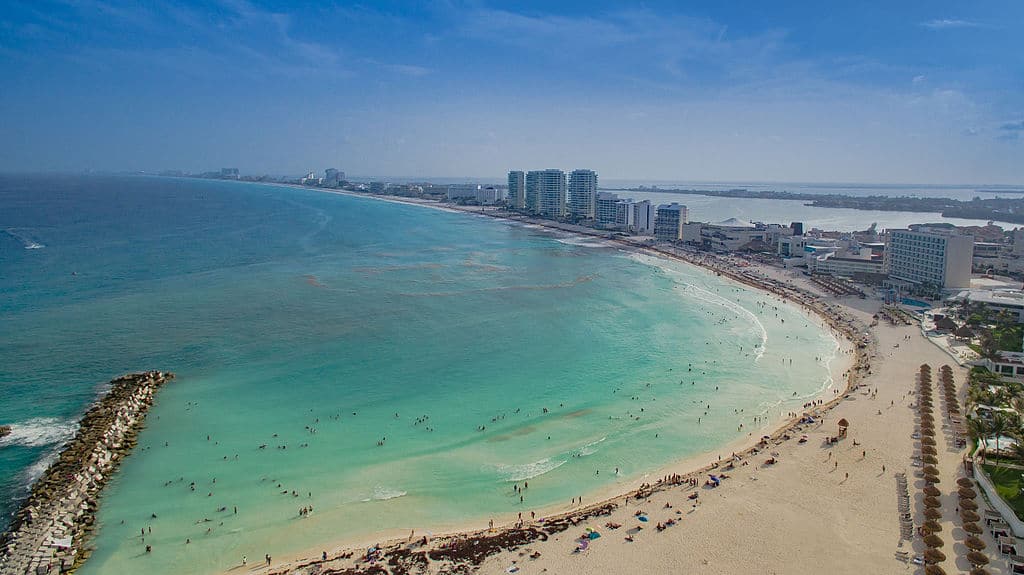
Credit: Dronepicr, Wikimedia Commons
A Comprehensive Cancun History
Cancun history is as long as it is interesting. We've broken it down into several key periods of time to help you better grasp Cancun history.
Pre-Colombian Cancun History
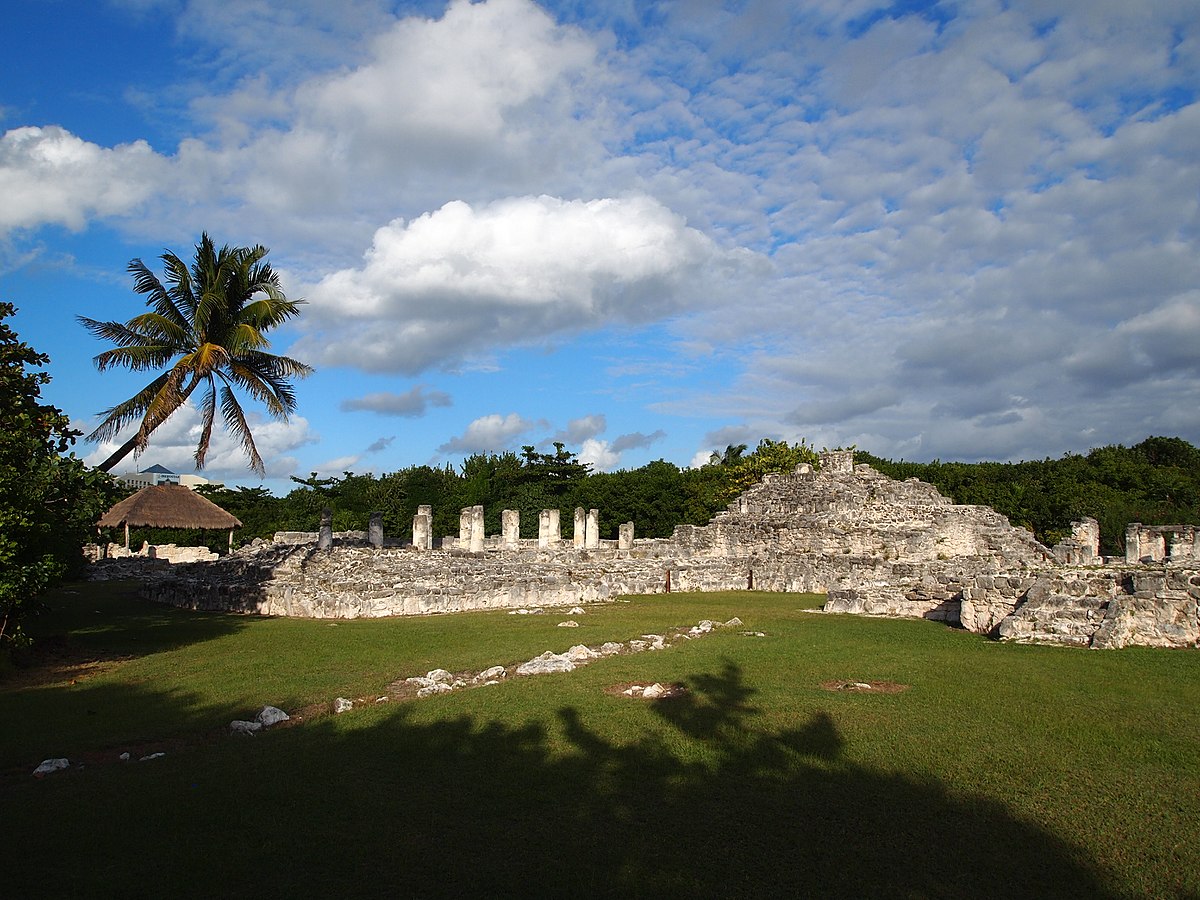
Credit: In Vitro, Wikimedia Commons
Before the arrival of the colonial Europeans, Cancun was known as Nizuc. In Yucatec Maya this may mean “grassy place” or “headland,” essentially a descriptor of the terrain. Some historians believe that the people who settled here were either outcasts from the larger Mayan society or ones who mostly wanted to be left alone.
While some structures of the ancient community still stand, the original settlers constructed homes of organic materials that decayed with time. Staring around 300 BCE, these people lived and created a society for themselves undisturbed by the larger dramas in the empire for a one-and-a-half thousand years. As sea-faring immigrants arrived on their shores starting around 1300 CE, they built the ruins that, today, tourists come to see called El Rey.
Thanks to their location by the water, El Rey’s inhabitants were able to subsist on seafood and they also extracted salt. Thanks to a coastal network of trading, they were one of the more important ports. What was once a remote village of potential outcasts now was one of the windows on the larger world beyond the shores of what is today Mexico.
For about 250 years, this was the character of the community. However, when the Spanish arrived to conquer their homeland, El Rey was one of the first places abandoned. Today, you can visit the site, which is comprised of nearly 50 structures. Archaeologists have found incredible artwork, murals, and funerary sites.
The Conquistadors Change the Course of Cancun History
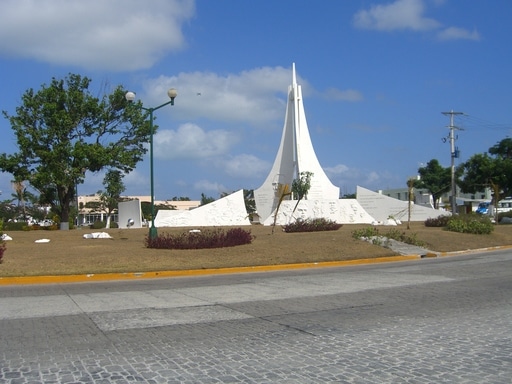
Credit: Régis Lachaume, Wikimedia Commons
About 40 years before El Rey was abandoned, a Spanish caravel shipwrecked near the coast of the Yucatan Pennisula. Of the crew, only twelve survived their time in the water to land on the coast. The survivors, according to the colonial account, were captured by a local Maya lord and most were allegedly sacrificed.
Two of the original crew were somehow able to escape, taking their tale back to Spain with them. When the Spanish returned a few years later, they came ready for war. Although the final Maya city, Nojpeten, fell in 1697, the majority of the Spanish conquest finished in 1546, where most Maya were under Spanish control.
This is a dark period in Cancun history, mostly because the only witnesses to it were the birds, animals, and sea creatures. When El Rey was abandoned as the Maya civilization fought for its life, the colonial Spanish never returned. Effectively, this area was free from almost all contact with human beings for hundreds of years.
However, the culture of the Maya survived. Millions of people died because of conflict and exposure to disease. Yet, in many remote areas, the colonialists would leave the Maya to their own cultural economy. However, they taxed this as well, taking textiles and other goods as tribute. It was around this time that Cancun was given its name, a reference to a nest of snakes that might be about it’s topography. Or it might have something to do with the outlaws and outcasts who frequented the area.
A Paradise for Pirates in Cancun History
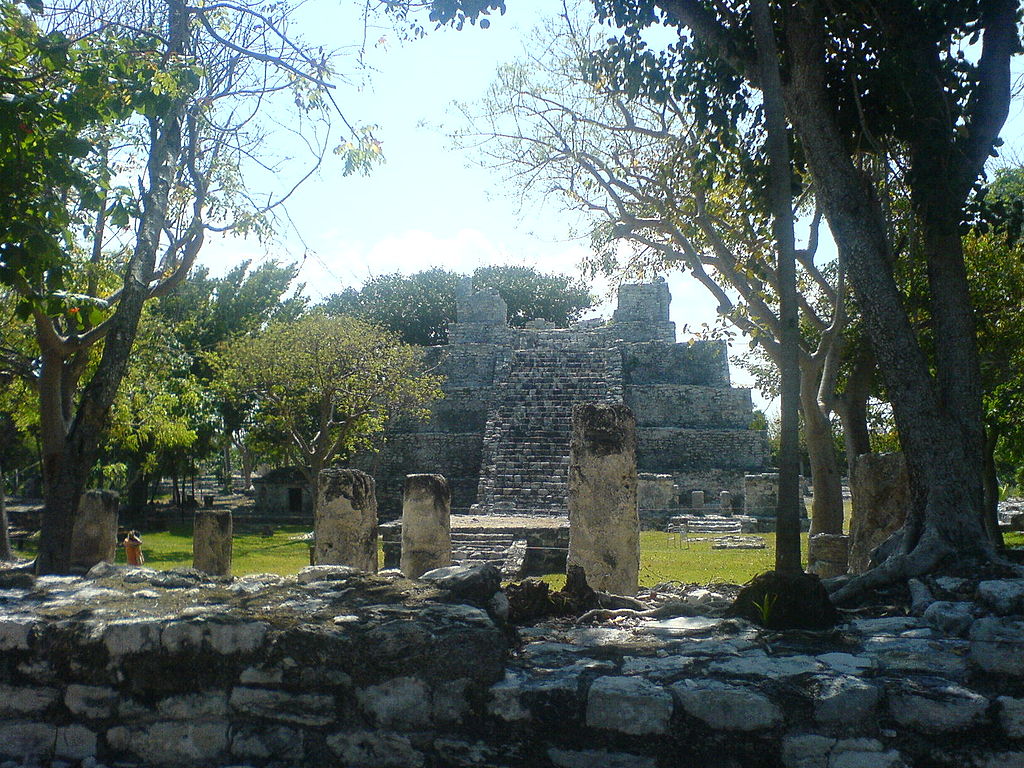
Credit: Foto Propia, Wikimedia Commons
With only a few indigenous residents and little attention from the colonial governments, Cancun and its islands became a place for people looking to lie low. Specifically, in the 17th and early 18th century, it became a hideout for pirates.
While it wasn’t exactly a thriving pirate city, it was a remote place where pirates were able to maintain a hideout. Famous buccaneers like Henry Morgan and Jean LaFitte are known to have hidden out in this tropical paradise. However, it’s the island just off the beach in Cancun that was a real home to an outlaw civilization.
This island’s name is Isla Mujeres, which translates to the Island of Women. No, this was not home a tropical society of warrior princesses like Wonder Woman, but rather this was where pirates would hide their families. When Morgan, LaFitte, and others would hit the seas with their crews, their wives and families would stay behind on the island.
The Island’s most famous resident was the notorious slaver Fermin Mundaca. He would capture local Maya people and sell them as chattel to Cuban plantations. He built a palatial estate known as Vista Alegre, which is a historical site with livestock and exotic animals. About 100 miles south sits Chincorro Reef, a treacherous stretch of coral pirates used to wreck ships and loot their cargo.
The Era of the Explorers in Cancun History
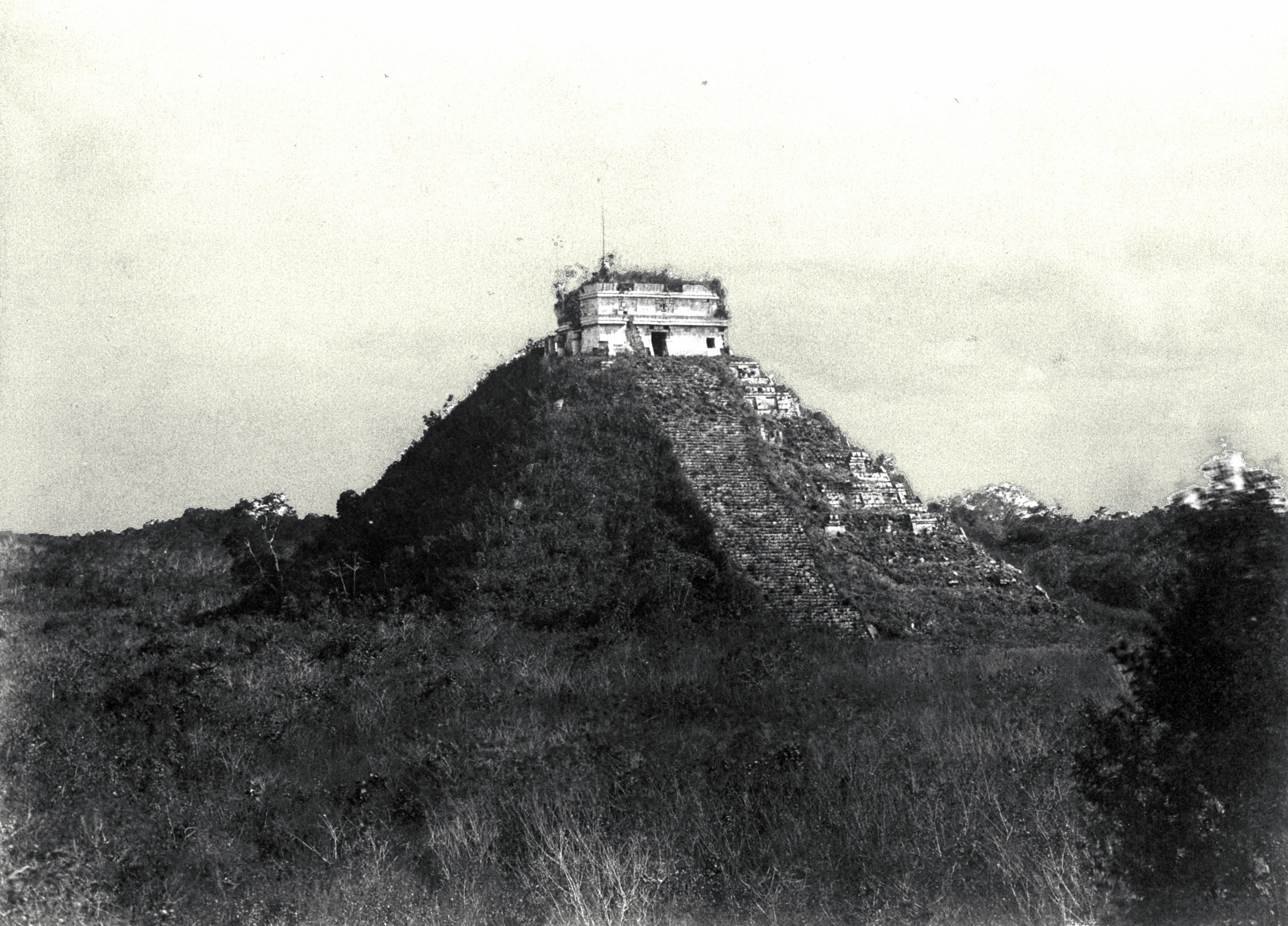
Credit: Teoberto Maler, Wikimedia Commons
Ironically, some of the greatest chroniclers of ancient Maya civilization were the colonial missionaries who sought to convert them to Catholicism. They document it along with their efforts to convert the Maya peoples to their faith and assimilate the into imperial Spanish culture.
As these missionaries traveled, the noted the massive and intricate ruins they discovered. These tales caught the attention of American author John Lloyd Stephens and, along with Frederick Catherwood who drew the illustrations, documented many of the ruins out there just waiting to be “discovered” by Western scientists. The book was a hit and spawned a frenzy of interest in the ancient Maya.
In the latter half of the 19th Century the investigation to the history of this amazing ancient civilization began in earnest. First, investigators gathered up all the historical accounts of the Maya they could find. The ethnohistoric accounts they obtained helped researchers decode ancient Maya hieroglyphs.
From the 1880s to the turn of the century, modern scientific archaeological studies and digs were underway. Up to the 1930s, researchers worked to decode the Maya calendar, Maya mythology, and information about politics and society. Unlike other Empires, the Maya were never ruled by a single dynasty, which makes the research both more challenging and more interesting.
Building a Paradise in Cancun History
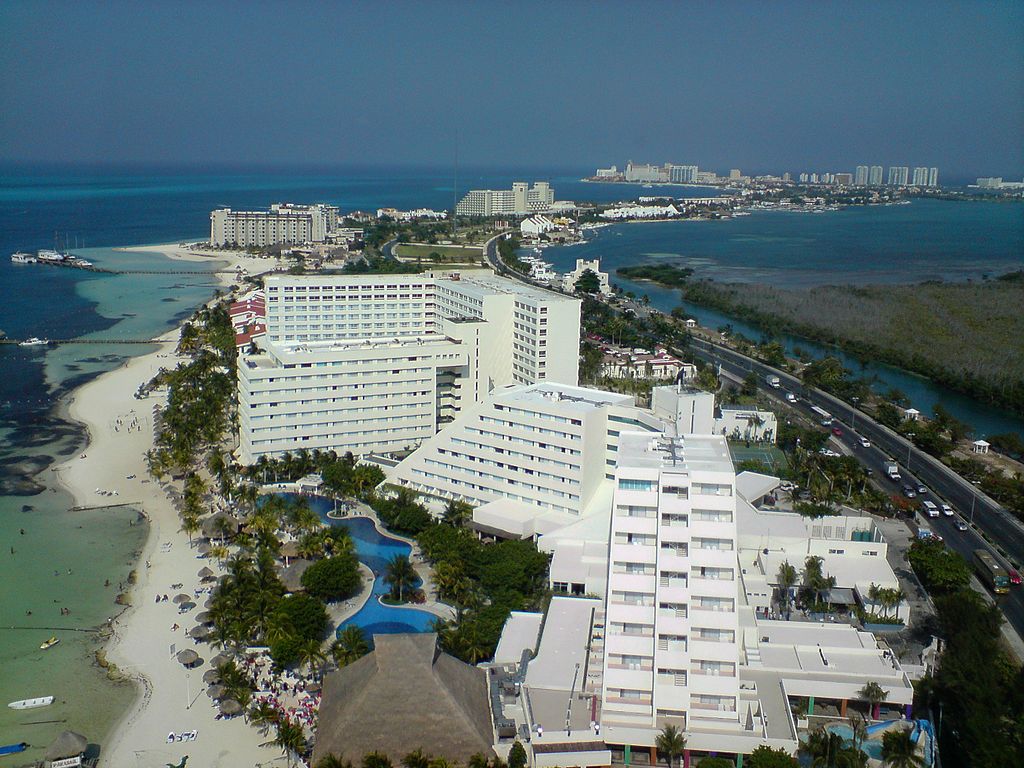
Credit: Foto Propia
In the 1960s, interest in archaeology was not the only thing bringing people to Mexico. Travelers from Europe, America, and Asia all came looking for places to relax, eat some exotic (to them) food, and soak up some sun. The Mexican government realized that Cancun and its islands would be a perfect place to create a resort community.
What made it the perfect location was not just it’s breathtaking natural splendor but the fact that outside of a few caretakers for a coconut plantation, it was empty. At the time, the closest thing to civilization in Cancun was Puerto Juarez, a military base and fishing village home to fewer than 120 people. It was an opportunity without a downside, but no private investors wanted to take a chance on an unknown area.
Still, the Mexican government, specifically its department of tourism known as “FONATUR,” believed in the project. So, they agreed to finance the first nine hotels in the area in partnership with private companies. The first hotels were a Hyatt and the Playa Blanca (known today as The Blue Bay Hotel), but they weren’t the last.
In 1974, the project began in earnest. Soon, hotels lined the beaches and the town of Cancun was built, residential areas with U-shaped streets. Unfortunately, Hurricane Gilbert undid much of this and that design was abandoned when it was rebuilt. Yet, from then until today, Cancun is perhaps the most well-known tourist destination, along with Acapulco.
Outlaws, Drugs, and Money in Cancun History
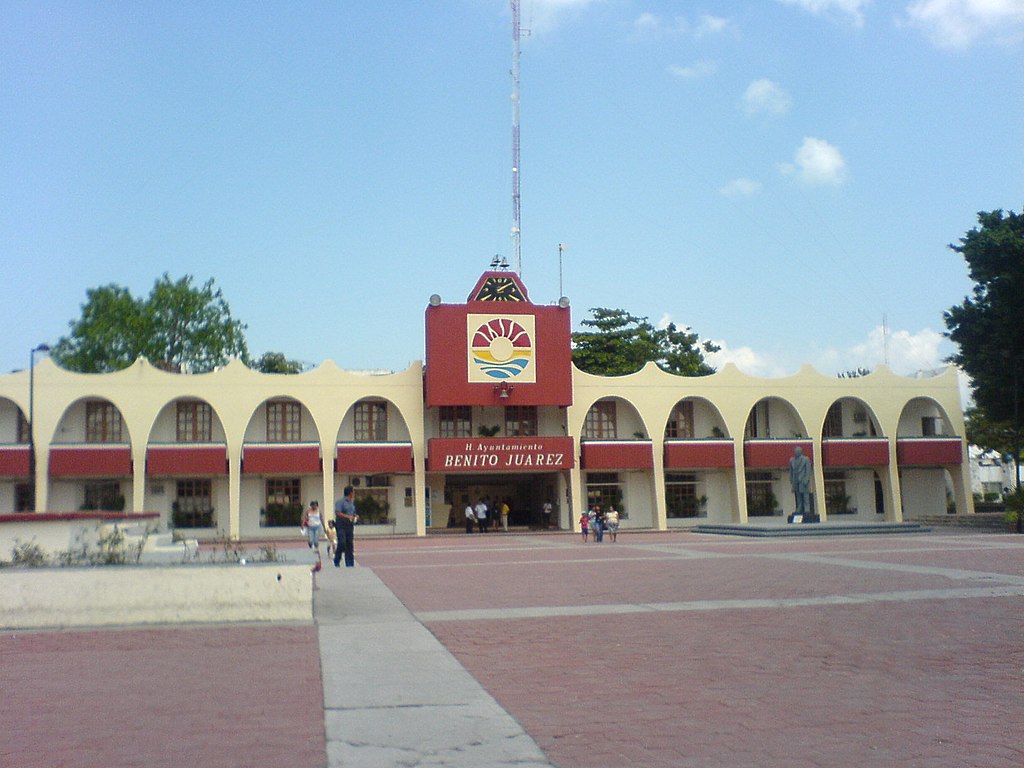
By the 1980s, Cancun was rapidly becoming the go-to party destination in Mexico, especially for travelers from their neighbor to the north. Yet, just like in the days of the ancient Maya, while folks in Cancun quietly went about life, war raged elsewhere in the country.
This time, instead of warring lords and kings, this time the battle was between law enforcement and the brutal, violent drug cartels in Mexico. Most of the violence focused on the northern part of the country, near the United States border. However, everyone worried that the violence would soon find its way to Cancun. Yet, it didn’t, and it wasn’t just luck.
From at least the 1990s, the area in Cancun was controlled by the Juarez and Gulf of Mexico cartels. They used the resort town as both a port for smuggling and a great location for drug sales. Tourists coming to Cancun were looking to party, eager to score some pot, coke, or whatever other drugs they had on hand. In 2001, a former governor of Cancun’s state, Quintana Roo, was arrested. The U.S. wanted him extradited for money-laundering and aiding in the shipment of more than 200 tons of cocaine during this time.
A Tenuous and Fragile Peace in Cancun History
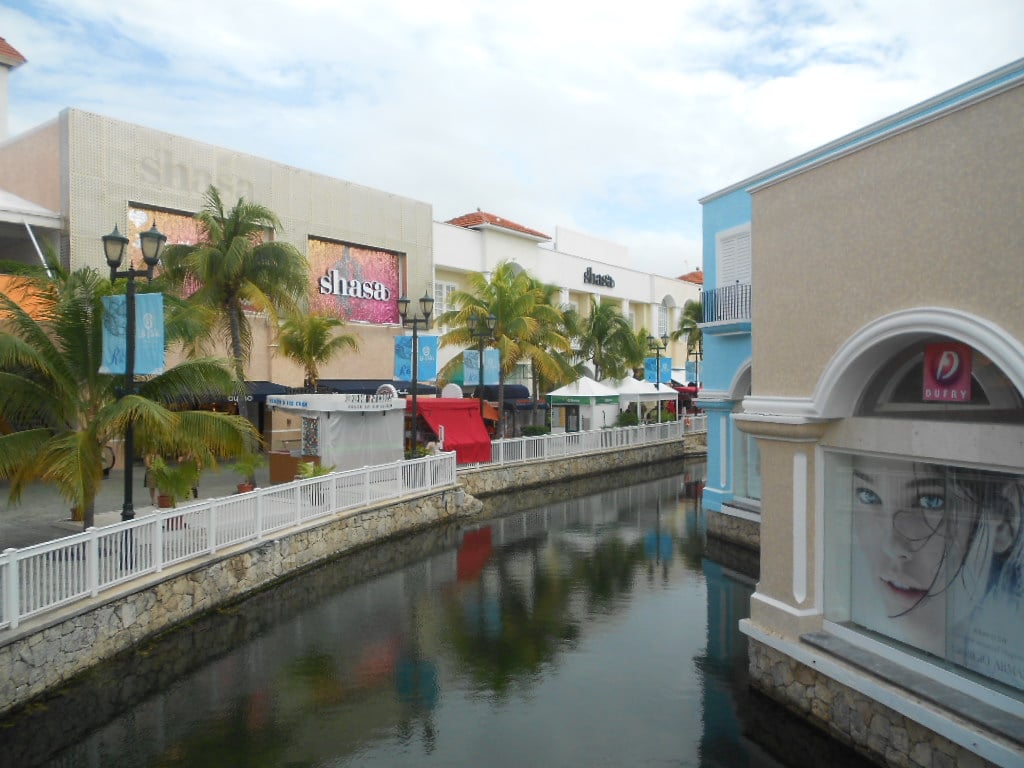
Credit: Eduardo P., Wikimedia Commons
The violence amongst the cartels continues in Mexico, but even they know to avoid the resort towns. Still, there are periodic episodes of violence, though usually involving local residents, reporters, and officials. However, because of how much the Mexican economy depends on this tourism, both the official and black markets, they try to keep the violence away from the travelers. While there is no easy or quick solution to this problem, there is almost no chance of encountering these elements inside the resorts of Cancun. You may not want to explore the local economy on your own, though.
Cancun history shows that while this area is a tourist’s paradise, what makes it magical goes much deeper than resorts and beaches.
Cancun is a vibrant place with a rich history, and a city in need of serious help from its officials and the federal Mexican government. As the jewel of the Mexican coast, it is the most popular tourist destination in the country. It has always been a place of beauty and a place for outliers and outlaws. Perhaps that’s what gives Cancun the feeling of adventure it has. Whatever the reason, Cancun is a great place close to the United States for a quick vacation. You can party like a rockstar or just lounge on the white sand beaches all day. Whatever you choose, you will never forget your time under the Cancun sun.
What do you think? Is there anything from Cancun history we left out? Tell us, along with your thoughts, reactions, and experiences in the comments below. Don’t forget to share the article on social media if you liked it.
Related Article: Cancun Luxury Resorts to Choose for Unlimited Experiences


